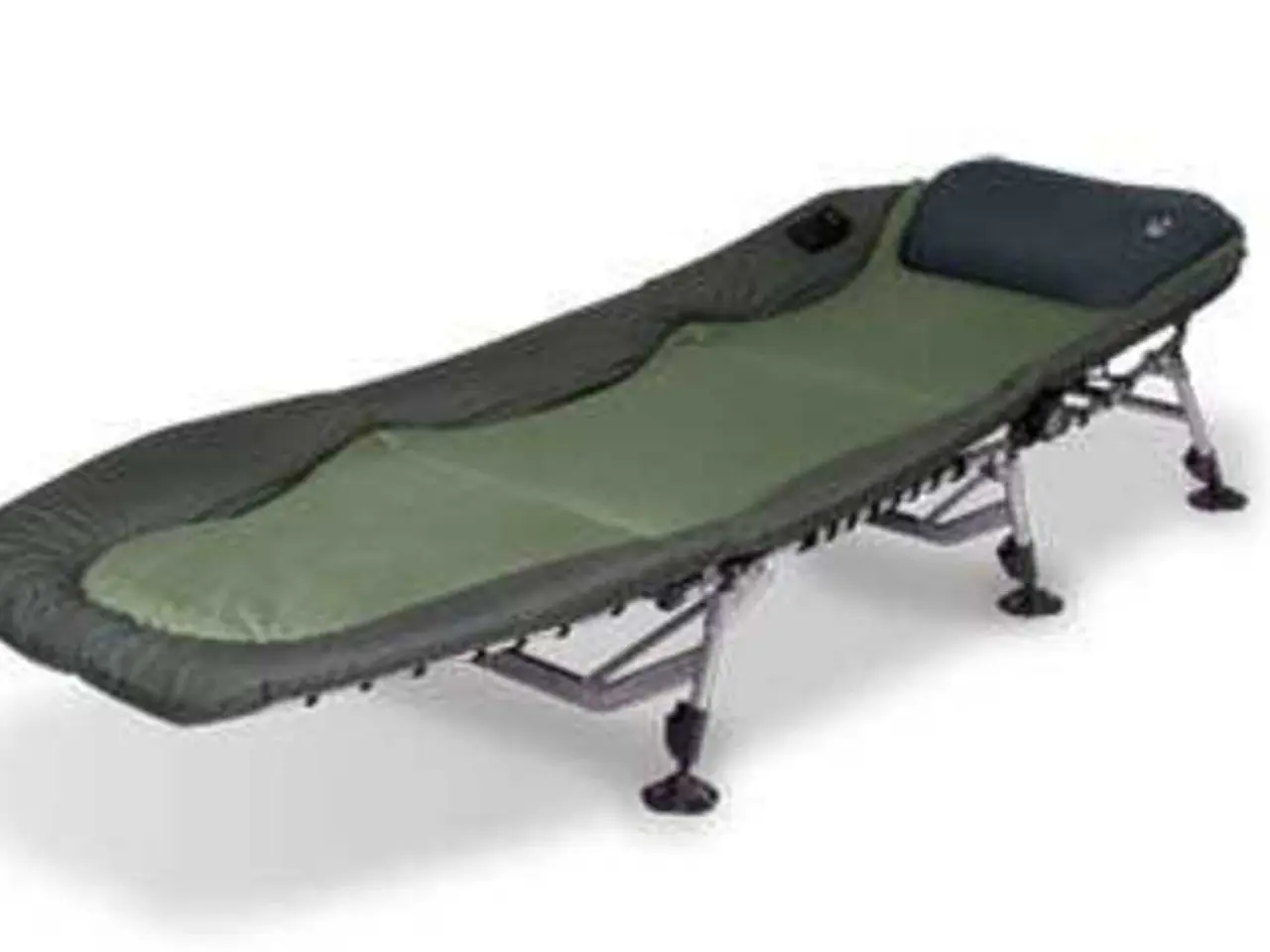Strategies for Treating Slipping Rib Syndrome through Chiropractic Adjustments and Physical Therapy Techniques
Slipping Rib Syndrome (SRS) is a painful and often underdiagnosed condition that affects the ribcage. This syndrome can cause severe, stabbing pain, a sensation of popping or clicking, and discomfort with rotation, lifting, or deep breathing.
A comprehensive management plan for SRS involves a combination of strategies to control pain, improve physical function, and address lifestyle factors.
Pain control is an essential part of the treatment process. This may include the use of oral analgesics and nonsteroidal anti-inflammatory drugs (NSAIDs) like ibuprofen or naproxen to reduce inflammation and pain. Local anesthetic and corticosteroid injections can also provide pain relief, especially when conservative measures fail.
Physical therapy approaches play a crucial role in managing SRS. These include stretching exercises, active range of motion (ROM), postural correction, therapeutic exercises targeting the thoracic spine and rib cage, and breathing exercises to maintain lung function without exacerbating pain.
Patients are advised to avoid movements or postures that exacerbate symptoms and may benefit from ergonomic changes during daily activities or work to reduce strain on the rib cage. Heat and ice therapy also have supportive roles, with heat relaxing chest muscles and reducing stiffness, and ice being used during acute flare-ups to reduce inflammation.
Preliminary evidence suggests that acupuncture can provide pain relief even after a few treatments and may be considered as adjunct therapy.
In recalcitrant cases, advanced or surgical options such as rib stabilization or resection could be considered. However, these are not commonly required for SRS specifically and are typically considered when pain is disabling and not responsive to conservative management.
Close monitoring of respiratory function is also important, as rib dysfunction can affect breathing mechanics. Breathing exercises and respiratory support tools like incentive spirometry may be beneficial to prevent complications such as pneumonia.
Coordination with pain specialists and physiotherapists enhances treatment outcomes. Eastside chiropractors and physical therapists utilise a two-care approach, providing joint and muscle care at the same time in the same place, and designing treatment plans individually.
Functional movement retraining returns people to day-to-day activities and functions pain-free, focusing on positions like twisting, lifting, or bending without moving the ribs. If one part of the rib cage is too loose, other parts will tighten up to protect the body, creating imbalances and more pain.
SRS is most commonly found on the 8th, 9th, or 10th ribs, referred to as "floating" or "false" ribs. Long-term interventions can include stretches, core exercises, and changes in postural or breathing patterns.
Chiropractors and physiotherapists teach simple exercises like diaphragmatic breathing, pelvic tilts, dead bugs or bird dogs, and side planks with control focus to build up support for the ribs. Physical therapists work on muscles between the ribs, at the ribs' sides, and in the lower back for soft tissue mobilization.
Myofascial release, cupping, and IASTM (instrument-assisted soft tissue mobilization) help reduce tension in the tissue around the ribs. Chiropractors frequently make minor manipulations to make ribs function better.
Patients with SRS may visit numerous providers without getting a diagnosis. However, chiropractors and physical therapists are able to identify SRS when others are not. By educating patients about effective movement, what to avoid, and how to deal with flare-ups independently, early detection and careful treatment can enable SRS individuals to return to their loved activities with less anxiety and more confidence.
- A blend of strategies, including therapies and treatments like acupuncture, myofascial release, cupping, and IASTM, can offer pain relief for individuals with Slipping Rib Syndrome (SRS) and help manage the condition more effectively.
- Nutrition plays a role in overall health and wellness, and individuals with SRS may benefit from understanding the connection between proper nutrition and their specific medical condition for improved management and recovery.
- For long-term management of SRS, lifestyle factors such as fitness and exercise, stretches, core exercises, and changes in postural or breathing patterns should be considered to correct imbalances, prevent complications, and promote better functioning of the ribcage.




